Articles
‘ … Presently, neither Malaysia nor Singapore has a national organisation comprising all local Buddhist monks. Therefore, there has never been any consensus for a monk to be appointed or elected as the “Head of the Monastic Community in Malaysia and Singapore”.
The Phenomenon of Post-Retreat Slow-Wittedness Disorder
ĀYASMĀ KUMĀRA demystifies the commonly encountered phenomenon of slow thinking after an intensive meditation retreat. Besides explaining why it should be avoided and how he also makes a case for proper use of thinking in the practice.
Now the Blessed One spoke to the Venerable Ananda, saying: "It may be, Ananda, that to some among you the thought will come: 'Ended is the word of the Master; we have a Master no longer.' But it should not, Ananda, be so considered. For that which I have proclaimed and made known as the Dhamma and the Discipline, that shall be your Master when I am gone.
Buddhism and Politics
from 'What Buddhists Believe'
by Venerable K. Sri Dhammananda Maha Thera
The Buddha had gone beyond all worldly affairs, but still gave advice on good government.
It’s amazing how traditions tend to obscure the very teachings they claim to uphold. This phenomenon is seen in all long-established faiths or religions. 令人惊奇的是,传统派系往往会掩盖它们所声称要维护的教义。这种现象出现在所有历史悠久的信仰或宗教中。
Pindacāra, the practice of collecting alms-food, is observed by Theravada Buddhist monks who have gone forth from ‘home-life’ to ‘homelessness’. A Buddhist monk is known in Pāli Language as a ‘bhikkhu’ – meaning ‘one who lives on alms’.
In Buddhist countries such as Thailand and Myanmar, it is a daily ritual for monks to go onPindacāra, where they walk through a village from one household to another, allowing devotees to make food offerings.
During Asalha Puja or Dhamma Day, Buddhists celebrate the Buddha's turning the wheel of the Dhamma. The Dhamma wheel is often portrayed with eight spokes which symbolizes the Noble Eightfold Path.
I believe a lot of parents get into parenting problems because they don’t really think for themselves about what works and what doesn’t. With little or no awareness, they just do what their parents did, or the complete opposite of that, because they hated it. My mother naturally never had that issue as a parent. Her condition forced her to think for herself. In other words, she had to rely on her own wisdom.
BHANTE B. SRI SARANANKARA selfless devotion to the development of the Buddha Sasana and his immense contribution to the international community, he was honoured by the Supreme Council of the Maha Sangha of Malwattha Chapter, Kandy, Sri Lanka by conferring the title “Sangha Keerthi Sri ”Upon him in 2017. Also, he was appointed as the Chief High Priest (Judiciary) of Malaysia in year 2007.
“Kathina” in Pali refers to the wooden frame which monks in ancient India used to sew their clothes on. The clothes thus prepared came to be known as Kathina clothes. On the Kathina frame the cloth could be stretched for cutting or sewing. Such a device was an aid to unskilled monks who made their robes from cast-off scraps of cloth which they cut with a knife.
We are honoured to welcome Ven. Dr. Dhammapala Mahāthero as one of the Members of TBCM’s Monastic Advisory Panel.
Wishing everyone a happy and hopeful Chinese New Year imbibed with the spirit of the ox.
Debunking Common Myths in Buddhism by Dr. Punna Wong.
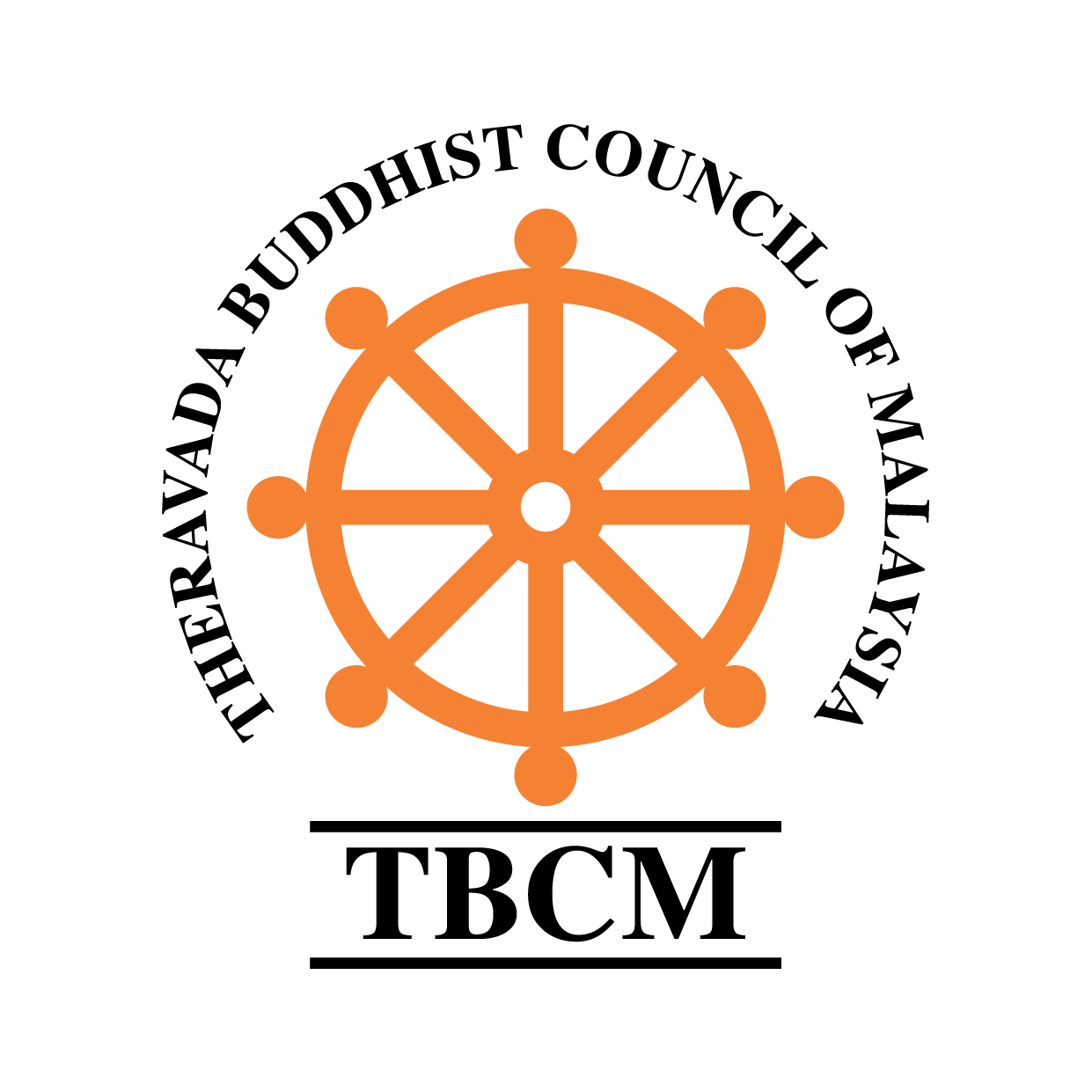





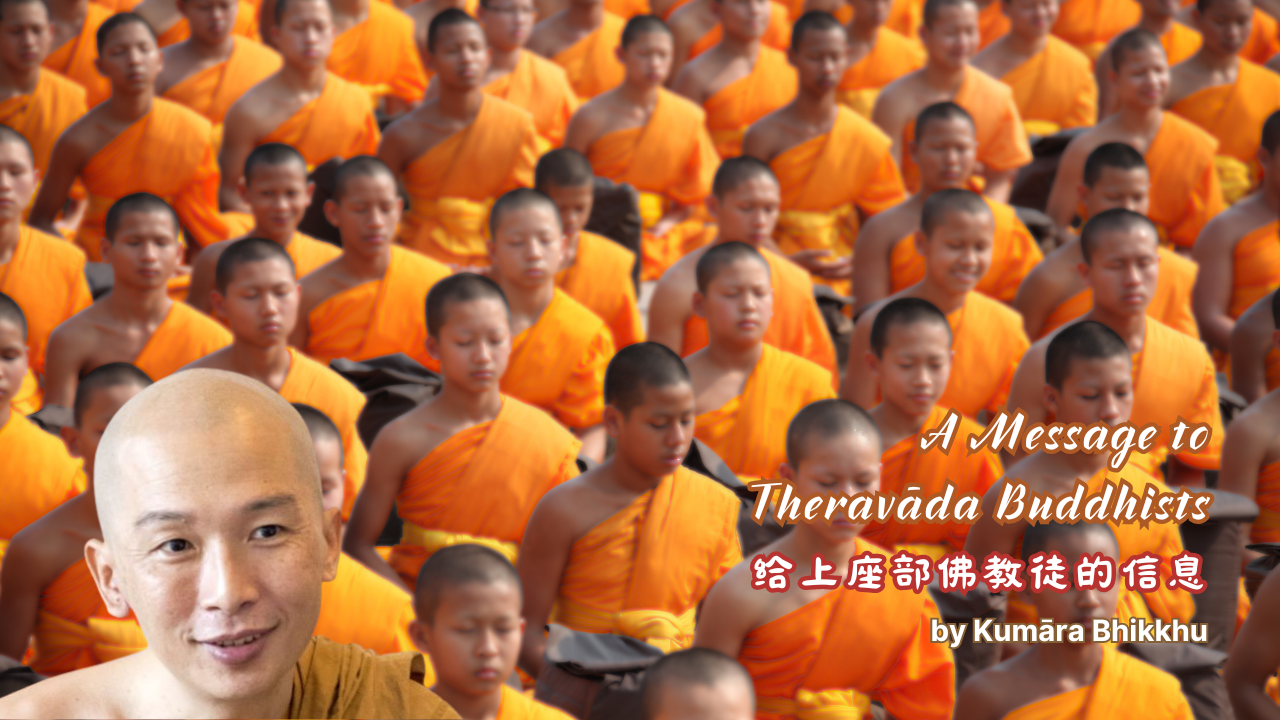
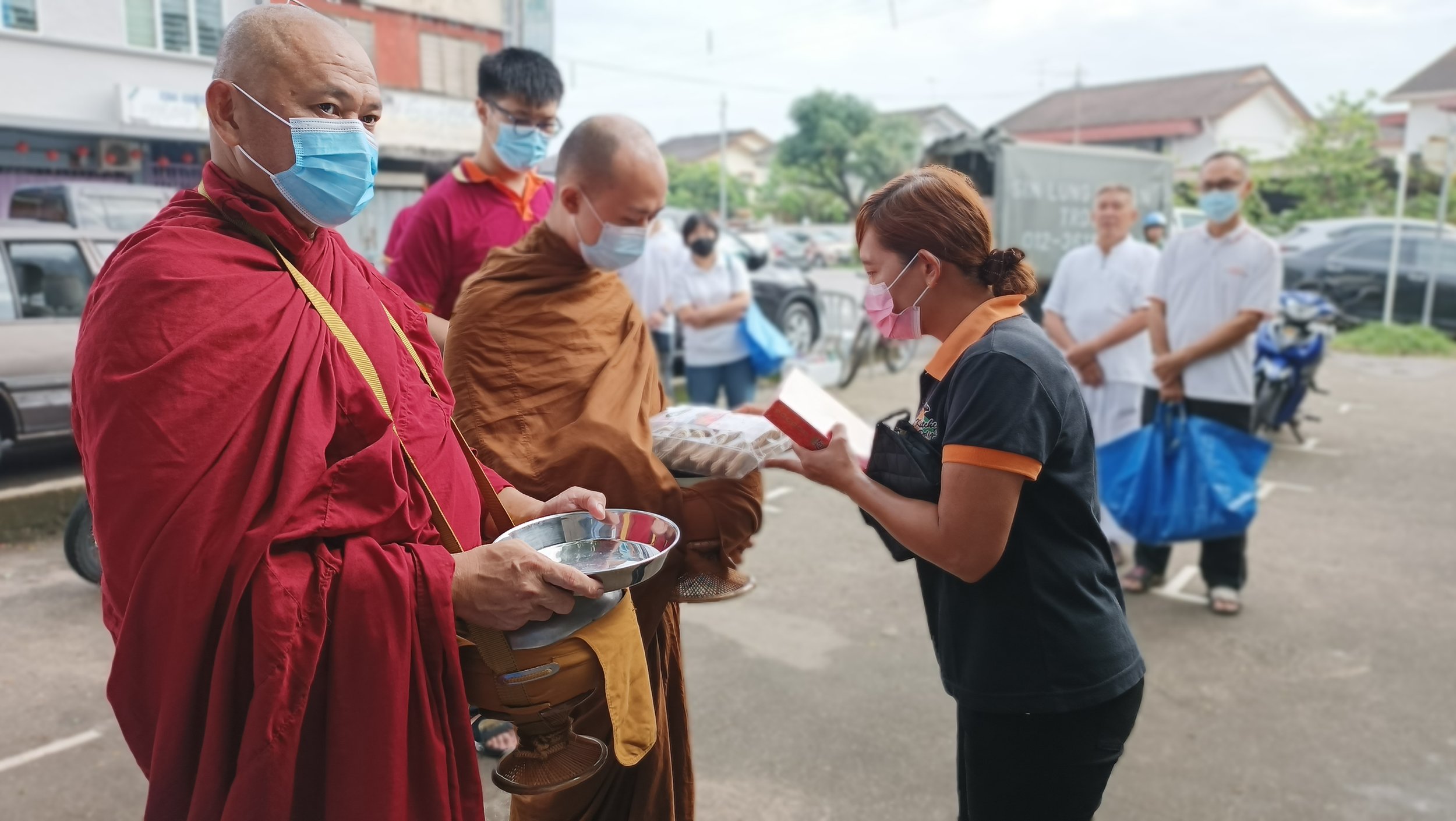
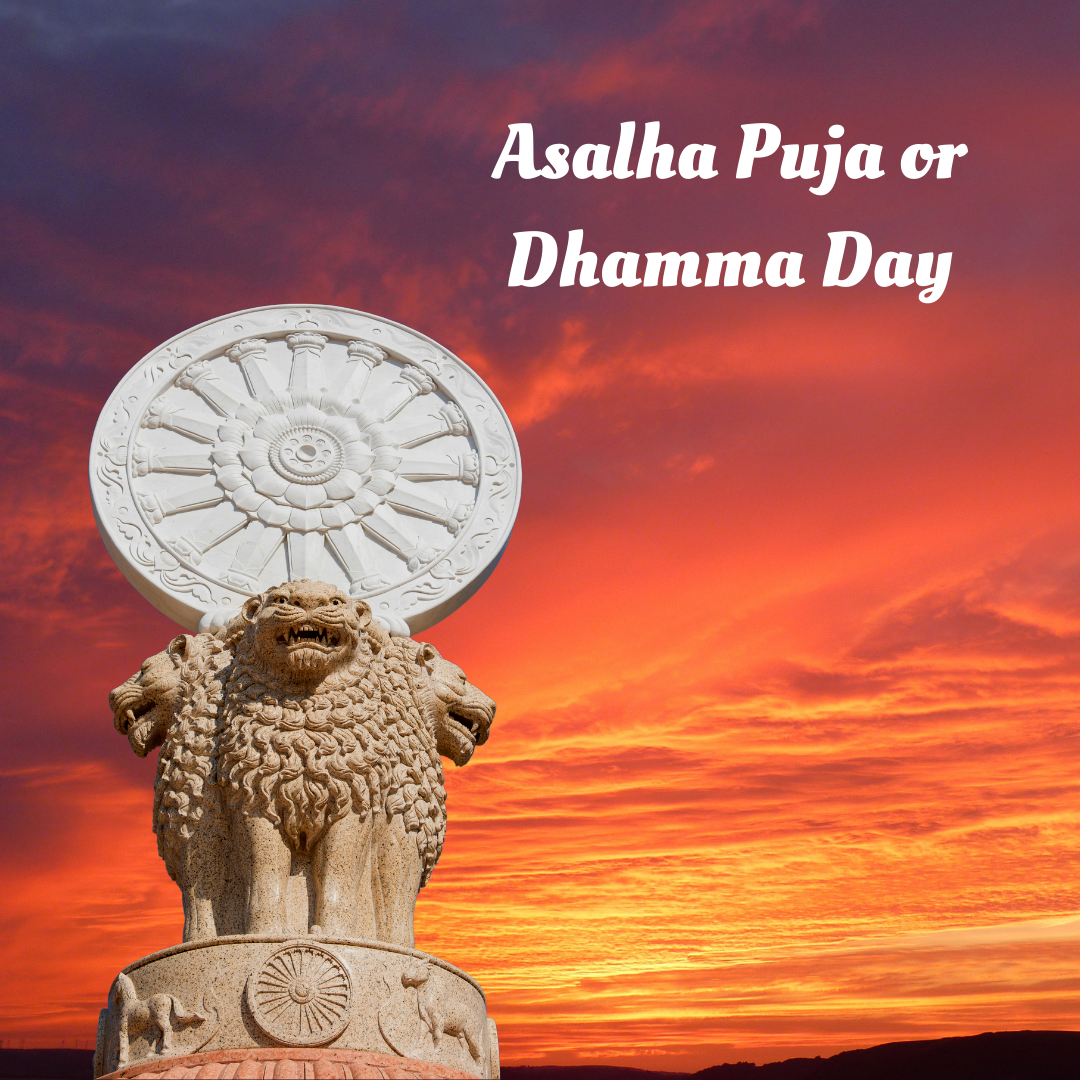
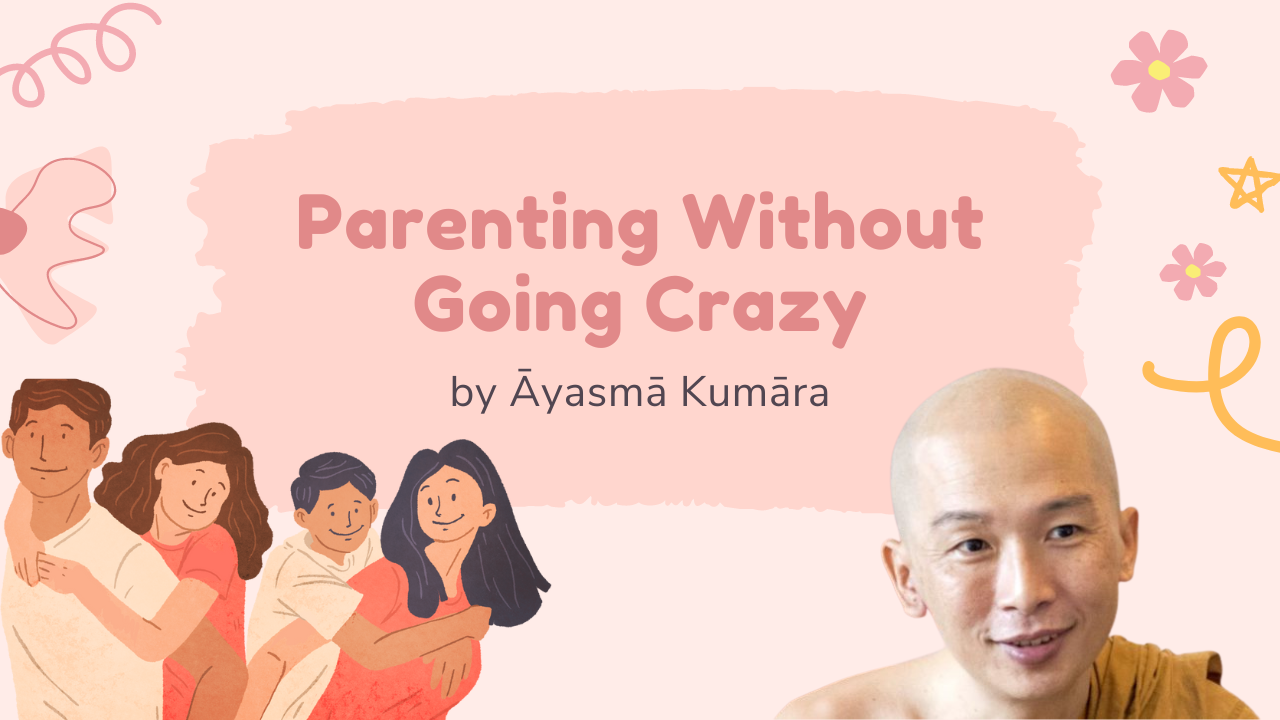


























Pindacāra, the practice of collecting alms-food, is observed by Theravada Buddhist monks who have gone forth from ‘home-life’ to ‘homelessness’. A Buddhist monk is known in Pāli Language as a ‘bhikkhu’ – meaning ‘one who lives on alms’.
In Buddhist countries such as Thailand and Myanmar, it is a daily ritual for monks to go onPindacāra, where they walk through a village from one household to another, allowing devotees to make food offerings.